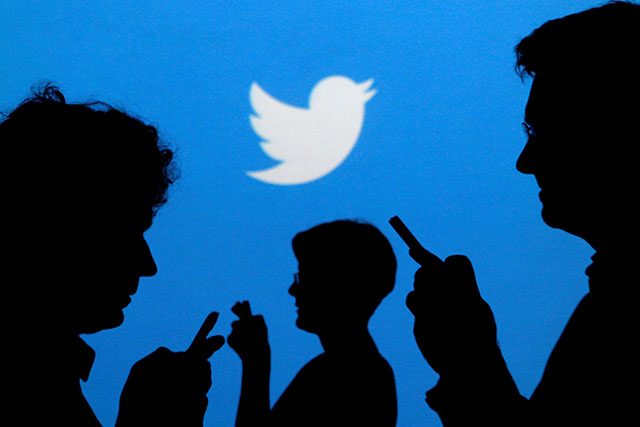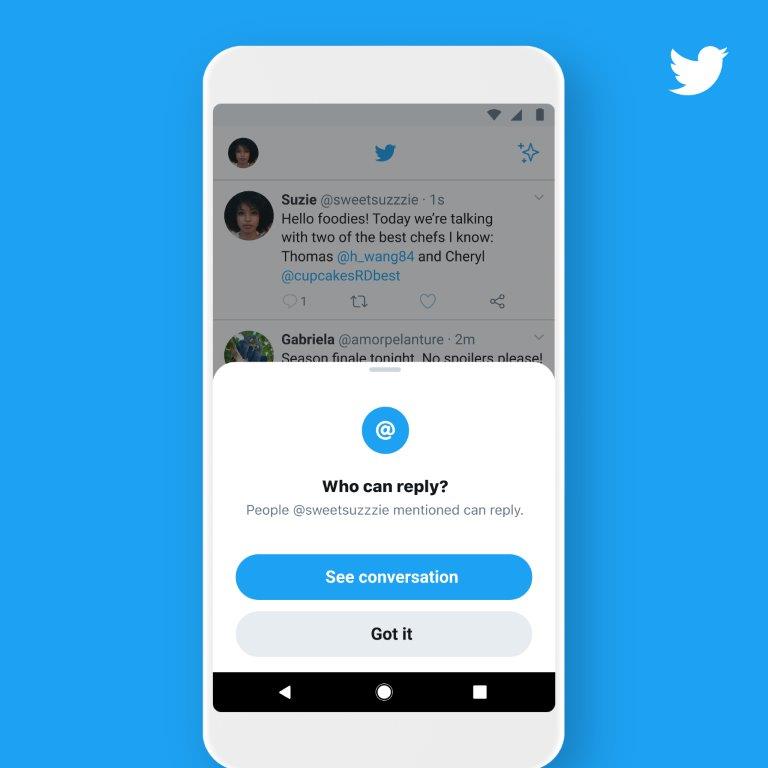
Micro-blogging platform Twitter announced that it is now giving people more control over the conversations.
To avoid unwanted replies from getting in the way of meaningful conversations on the microblogging platform, Twitter is now allowing its users to limit who can reply to their tweets.

This will be effective starting Wednesday.
How it works
Twitter users first have to choose who can reply before tweeting.
Here are their options: 1) Everyone (standard Twitter, and the default setting), 2) Only people you follow, or 3) Only people you mention.

The microblogging platform said that tweets with the latter two settings will be labeled and the reply icon will be grayed out for people who can’t reply. However, people who can’t reply to the tweet can still view the post, retweet it with or without comment, share and like the tweets.
“These settings help some people feel safer and could lead to more meaningful conversations, while still allowing people to see different points of view,” Suzanne Xie, director of Product Management said.
Here are other feedback the Twitter management received from its users:
- People tell us they feel more comfortable Tweeting and more protected from spam and abuse.
- Problematic repliers aren’t finding another way – these settings prevented an average of three potentially abusive replies while only adding one potentially abusive Retweet with Comment. And, we didn’t see any uptick in unwanted Direct Messages.
- People who face abuse find these settings helpful – those who have submitted abuse reports are three times more likely to use these settings.
- It’s a new method to block out noise – 60% of people who used this during the test didn’t use Mute or Block.
- The change could lead to more meaningful conversations on Twitter.
- People are sharing more of their thoughts – Tweets using these settings about topics like Black Lives Matter and COVID-19 are on average longer than those that don’t use these settings.
- Some people use these settings to have more sensitive conversations about politics and social issues. Those with a lot of followers use these settings to share more feelings, opinions, and personal news.
- People still can see various points of view.
- Research shows people understand replies are limited on these Tweets.
- People more frequently look for additional commentary when replies are limited – the new Retweets with Comments timeline is visited four times more often on Tweets using these settings.
- Differing views can still be shared with Retweets with Comments, which sometimes reach a larger audience than the original Tweet. Several times, we saw more Likes and views on a Retweet with Comment than on the original Tweet, even though the original Tweet author had more followers.









